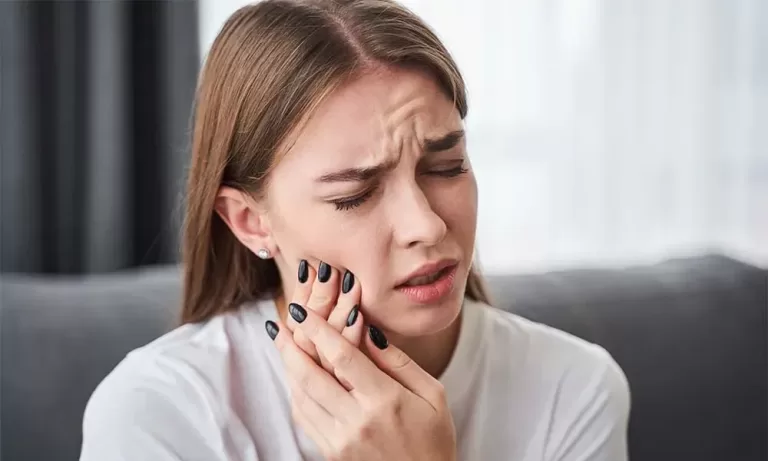If you’re scheduled for a tinnitus assessment, it’s natural to wonder what to expect and how to prepare. A thorough evaluation is crucial for understanding your tinnitus and determining the best course of treatment. Here’s a guide on how to get ready for your évaluation acouphènes at Audiologie Centre Ouest and what you can expect during the process.
1. Preparing for Your Appointment
Before your tinnitus assessment, it’s helpful to take a few steps to ensure you’re well-prepared. First, make a list of your symptoms, including when they started, how often they occur, and any factors that seem to make them better or worse. This information will help the audiologist gain a clear understanding of your condition. Additionally, gather any relevant medical records, including past hearing tests or treatments you’ve tried for tinnitus. Having this information on hand will streamline the assessment process.
2. Initial Consultation
Your tinnitus assessment will begin with an initial consultation, where the audiologist will discuss your symptoms, medical history, and any concerns you have. During this conversation, it’s important to provide as much detail as possible about your tinnitus, including how it affects your daily life. The audiologist may ask about your exposure to loud noises, any medications you’re taking, and your overall ear health. This consultation helps guide the subsequent testing and ensures a comprehensive evaluation.
3. Hearing Tests
One of the key components of a tinnitus assessment is a series of hearing tests. At Audiologie Centre Ouest, you’ll undergo audiometric testing to evaluate your hearing ability across different frequencies and volumes. This test will help determine if hearing loss is contributing to your tinnitus and provide a baseline for comparison in future assessments. The results of these tests are crucial for tailoring a treatment plan that addresses both tinnitus and any associated hearing issues.
4. Tinnitus Matching
During your assessment, the audiologist will perform tinnitus matching to identify the pitch and loudness of the sound you hear. You’ll be asked to listen to a series of tones and indicate which ones most closely match your tinnitus. This process helps quantify your tinnitus and allows the audiologist to understand its characteristics. Tinnitus matching is essential for developing a treatment plan that targets the specific qualities of your tinnitus.
5. Loudness Discomfort Level Testing
For those with tinnitus, sensitivity to loud sounds can be a common issue. To assess this, Audiologie Centre Ouest may conduct Loudness Discomfort Level (LDL) testing. You’ll be exposed to sounds at gradually increasing volumes until they become uncomfortable. This test helps the audiologist understand your tolerance to noise and is particularly useful for planning sound therapy or other interventions.
6. Psychoacoustic and Objective Testing
In addition to the standard tests, your tinnitus assessment may include psychoacoustic tests to evaluate how you perceive the tinnitus sound, as well as objective tests like otoacoustic emissions (OAEs) and auditory brainstem response (ABR) testing. These tests provide a deeper understanding of your auditory system and help identify any underlying conditions that could be contributing to your tinnitus.
7. Discussing the Results
After all the tests are completed, the audiologist will review the results with you. This discussion will include an explanation of your tinnitus’s characteristics, any hearing loss identified, and potential treatment options. Audiologie Centre Ouest will work with you to develop a personalized treatment plan that may include sound therapy, counseling, or other interventions to help manage your tinnitus.
Conclusion
Preparing for an évaluation acouphènes at Audiologie Centre Ouest involves gathering information about your symptoms and medical history, undergoing various hearing and tinnitus tests, and discussing the results with your audiologist. By understanding what to expect during the assessment, you can approach your appointment with confidence and take an active role in managing your tinnitus.









